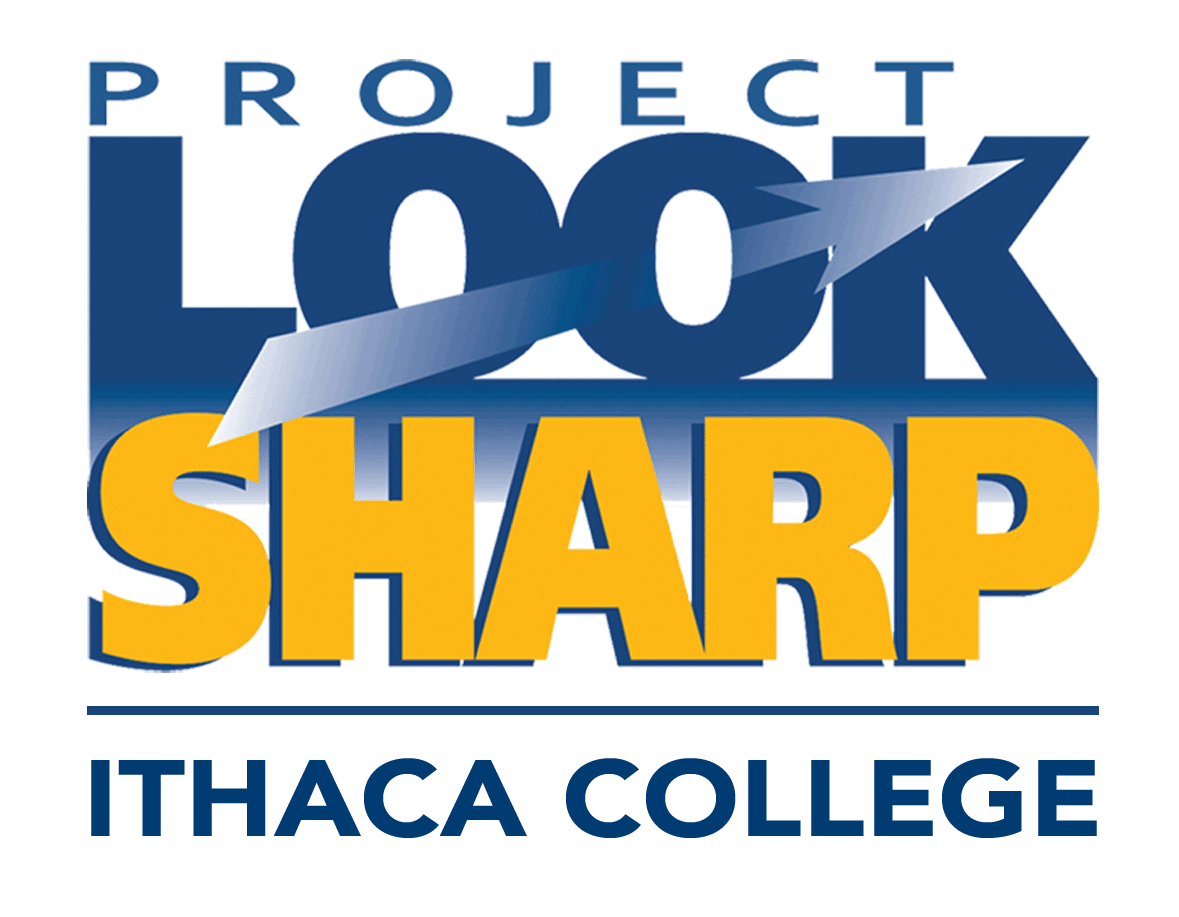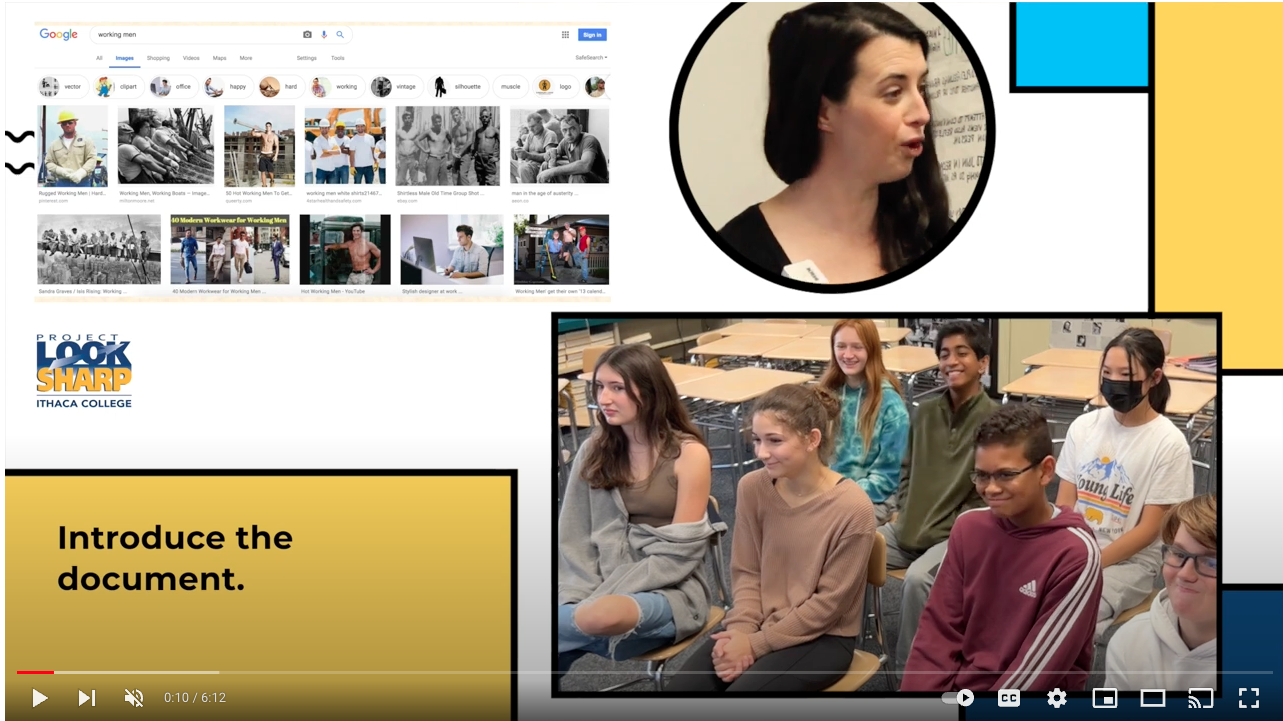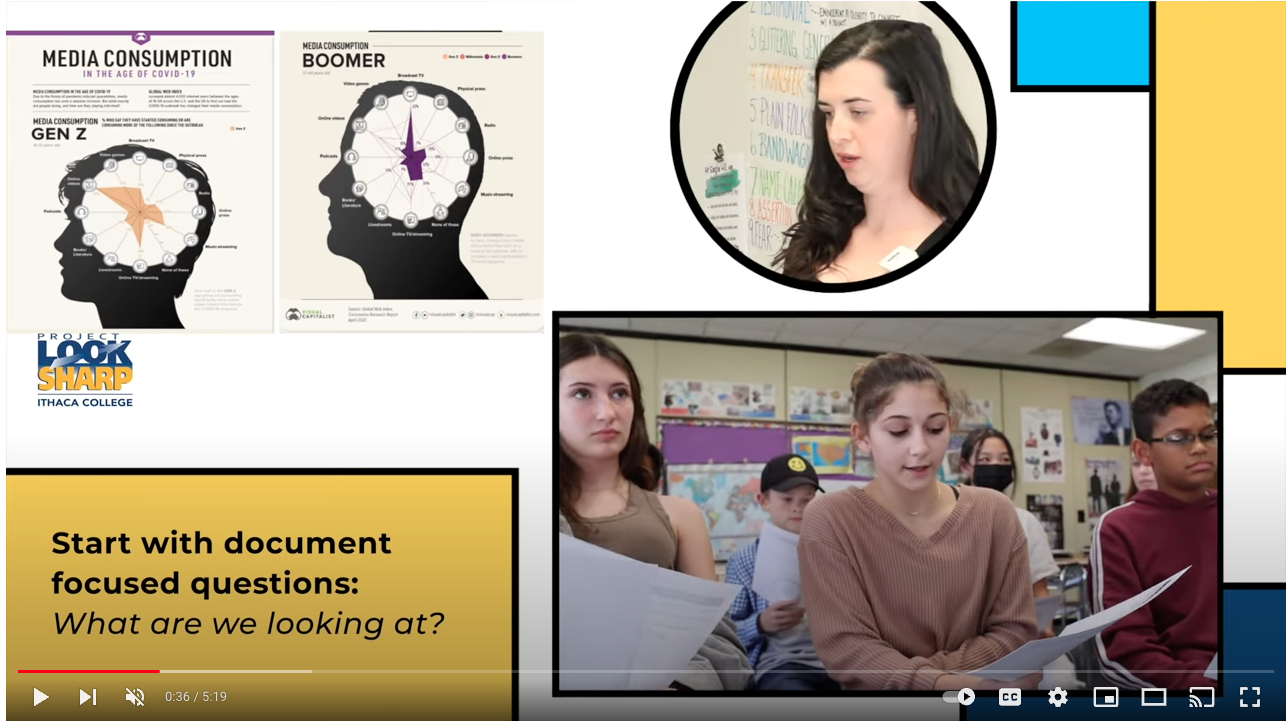Your Search Results (53) sorted by newest
Shark Attack! Fear, Media Bias, and Impact
Students analyze media messages about sharks for credibility, purpose and impact and to reflect on fear perpetuated by the media.
15-30 Minutes
Decoding Data Centers - Media Messages and Bias
Students analyze a video advertisement, a local news story, a TikTok video and an infographic for messages about data centers, sourcing and bias.
30-60 Minutes
Clickbaiting Our Emotions: AI Deepfakes
Students analyze a social media post and a TV news report for messages about A.I. deepfakes and assessing credibility of media messages.
15-30 Minutes
Social Media & Trigonometry: What's the Best Explanation?
Students analyze a YouTube video, an Instagram post and a TikTok video for messages about trigonometric functions and about the effectiveness of social media videos to learn and teach math.
15-30 Minutes
Bias in Charts: Race, Gender, Education, and Income
Students analyze charts from the New York Times and a blog post for messages about income related to race and gender and about credibility and bias in media construction of charts.
30-60 Minutes
Climate Change Through Memes
Students analyze memes for messages about climate change and about how memes as a media form impact social change.
Under 15 Minutes
Media Constructions of the Signing of the Declaration of Independence
Students analyze diverse media forms related to John Trumbull’s famous painting of the signing of the Declaration of Independence for messages about the event, the credibility and qualities of different media forms, and about American history.
30-60 Minutes
Wellness Claims and Social Media
Students analyze social media posts with health/wellness claims and evaluate their credibility.
30-60 Minutes
Deepfakes: What Do We Believe? What Do We Share?
Students evaluate Internet images and videos as fake or true and reflect on how confirmation bias impacts our judgments.
30-60 Minutes
Fyre Festival: Gender, Wealth and Happiness in Social Media
Students analyze a short video ad and social media posts for messages about gender, wealth and success; to assess the credibility of media messages; and to reflect on the role media play in shaping our views.
15-30 Minutes
Charting Media Coverage of War: Israel/Palestine
Students analyze charts with text excerpts from articles for messages about bias in media coverage of the Israel Hamas war, to analyze the bias in the construction of the charts, and to reflect on their own interpretations.
30-60 Minutes
Decoding the Twenty: Andrew Jackson and Harriet Tubman
In this media literacy activity students analyze images related to the twenty dollar bill for messages about U.S. history and historical context.
15-30 Minutes
Dolphins in the Media
Students analyze a book cover, a magazine cover, a tweet, a poster, a cartoon, a toy and an advertisement for messages about media forms, dolphins and environmental concerns.
15-30 Minutes
The Murders of Osage Indians: Media Forms, Qualities, and Credibility
Students will explore how different media forms represent the history of the Osage murders, the credibility of sources, and their own preferences.
30-60 Minutes
Where's the Media? How Can You Tell?
Students analyze an array of images of potential new and old media forms for messages about what constitutes media and the purposes of media through the ages.
30-60 Minutes
Demonstration Video: Gender Stereotypes and Google Algorithms
Middle School teacher, Mary Kate Longeran, uses the Project Look Sharp lesson “Google Image Searches: Do they Promote or Counter Stereotypes?” to lead her students through an analysis of stereotypes and algorithmic bias. (Total Time: 6:10) Published 2023
View
Constructivist Media Decoding
Media Literacy Lesson Design
Youth Culture And New Technologies
Assessing Credibility & Bias
Reflecting Diversity
Question Design
Social Studies
English Language Arts
Pre-service Teacher Education
Demonstration Video: Interpreting Charts of Media Use: Gen Z vs. Boomers
Middle School teacher, Mary Kate Longeran, leads her students through a decoding of charts using the Project Look Sharp lesson “Changing Our Media Habits: The Impact of the Pandemic” – to teach students to analyze and question charts and explore differences in generational media use. (Total Time: 5:15) Published 2023
View
Constructivist Media Decoding
Youth Culture And New Technologies
Critical Thinking And The News
Assessing Credibility & Bias
Reflecting Diversity
Question Design
Social Studies
English Language Arts
Health
Math
Pre-service Teacher Education
Hate Culture, the Internet, and What Can We Do?
Students analyze videos for messages about how digital platforms, especially social media, accelerate hate ideology and about actions people can take to challenge hate speech.
30-60 Minutes
TikTok Timebombs: Methods of Media Manipulation
Students analyze and evaluate the accuracy, purpose and techniques of manipulation in TikTok videos, and reflect on their own reactions and biases.
30-60 Minutes
Censoring Seuss: Cancel Culture or Cultural Respect?
Students evaluate pages from Dr. Seuss books that were removed by the family for perpetuating stereotypes and then analyze a tweet and replies that includes support and criticism for censoring those images - discussing both the issues and the civility of the comments.
30-60 Minutes











.png)








